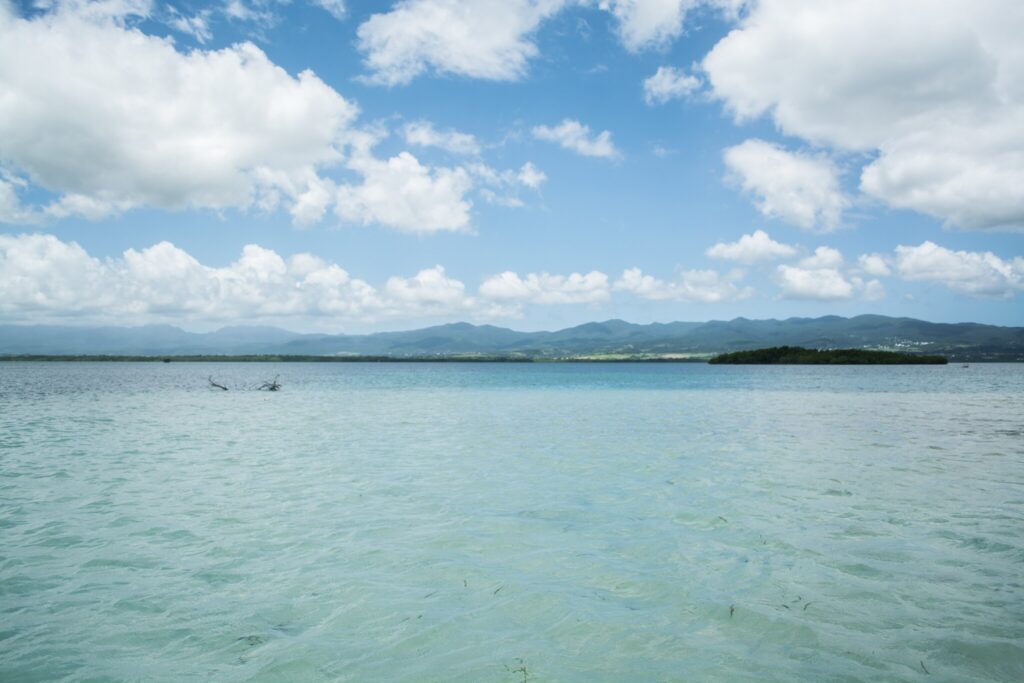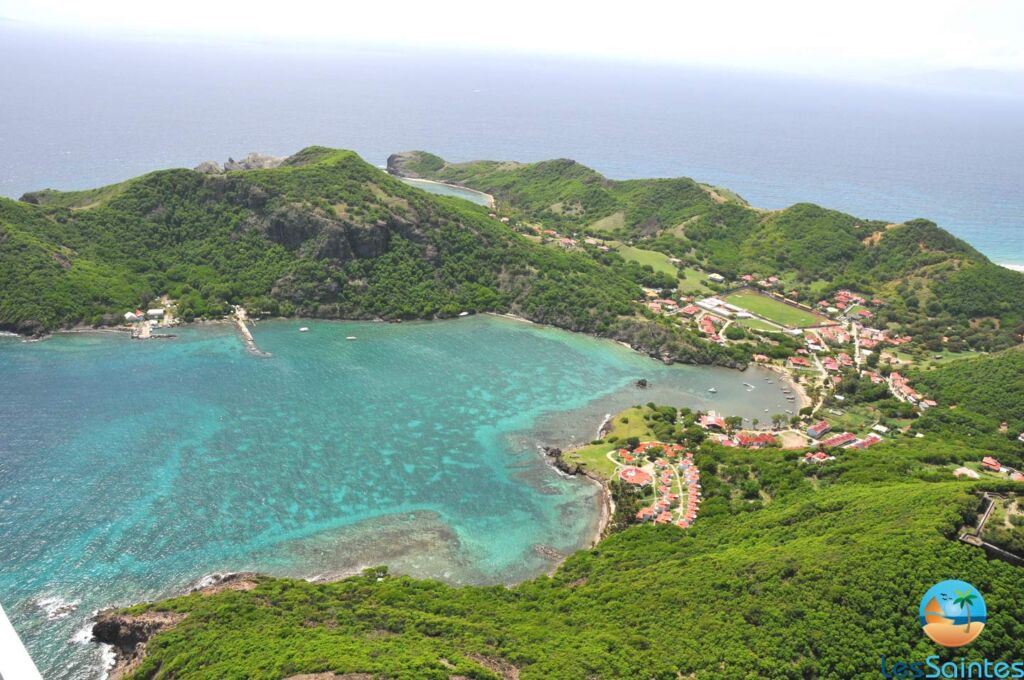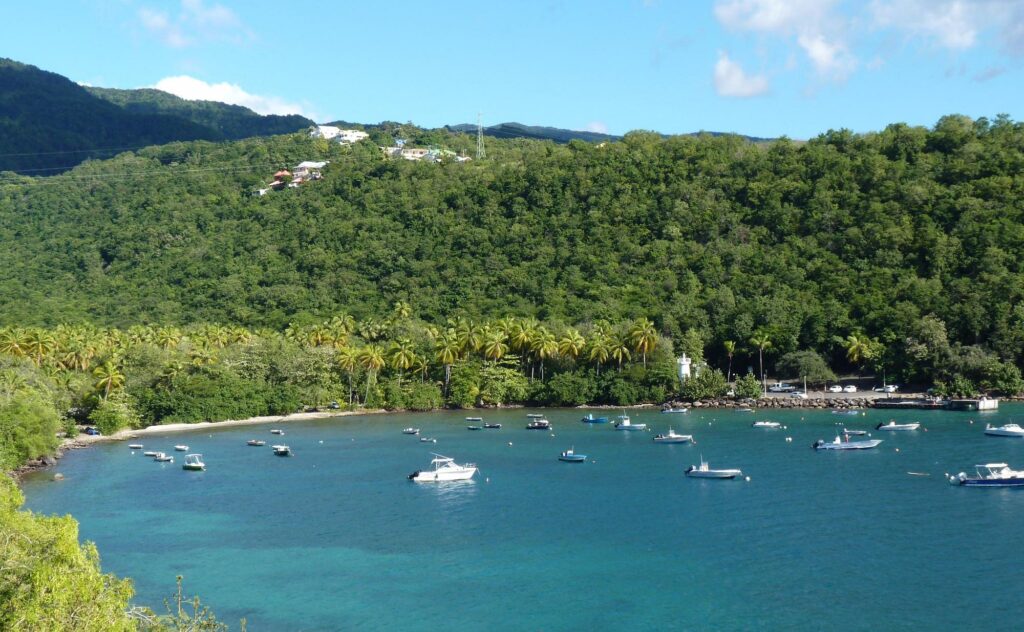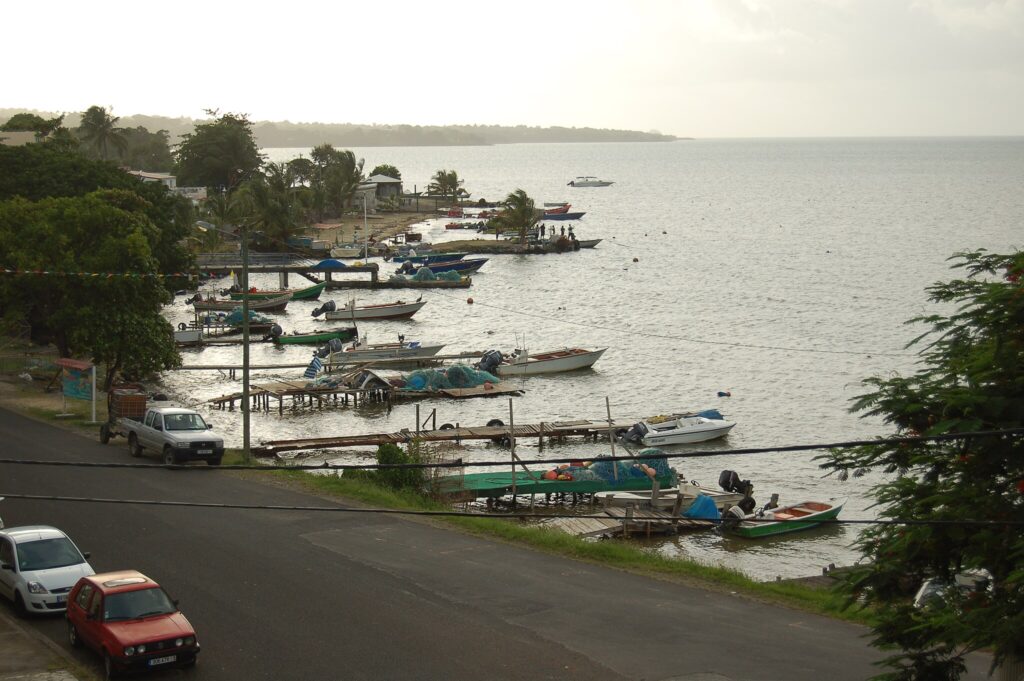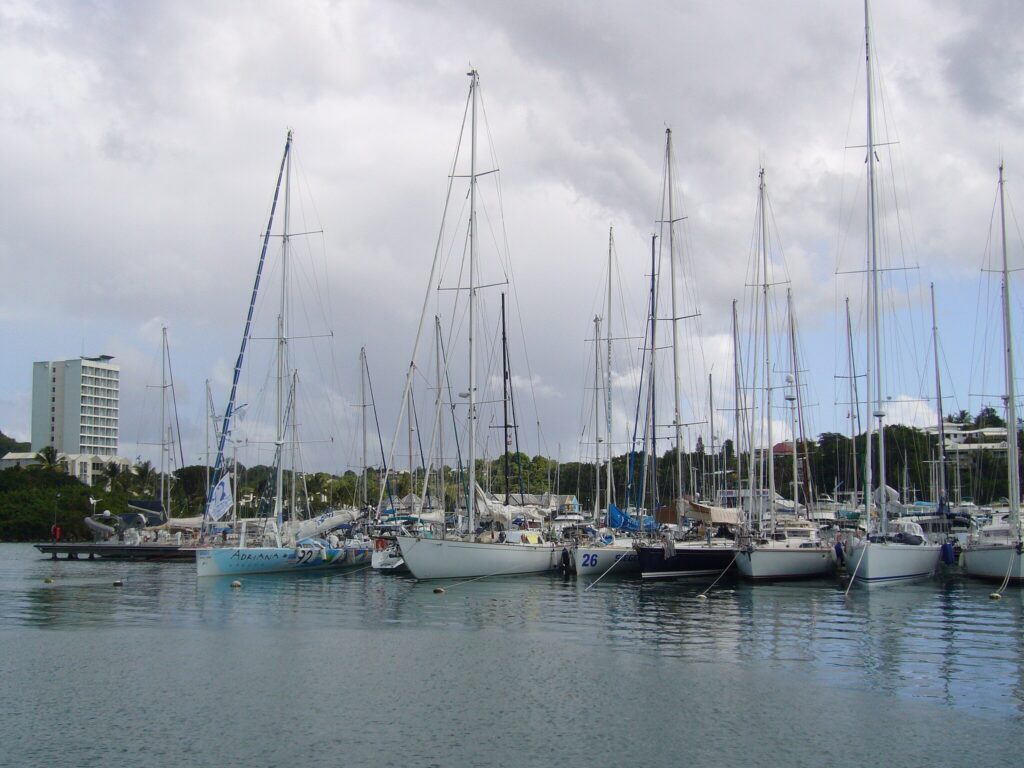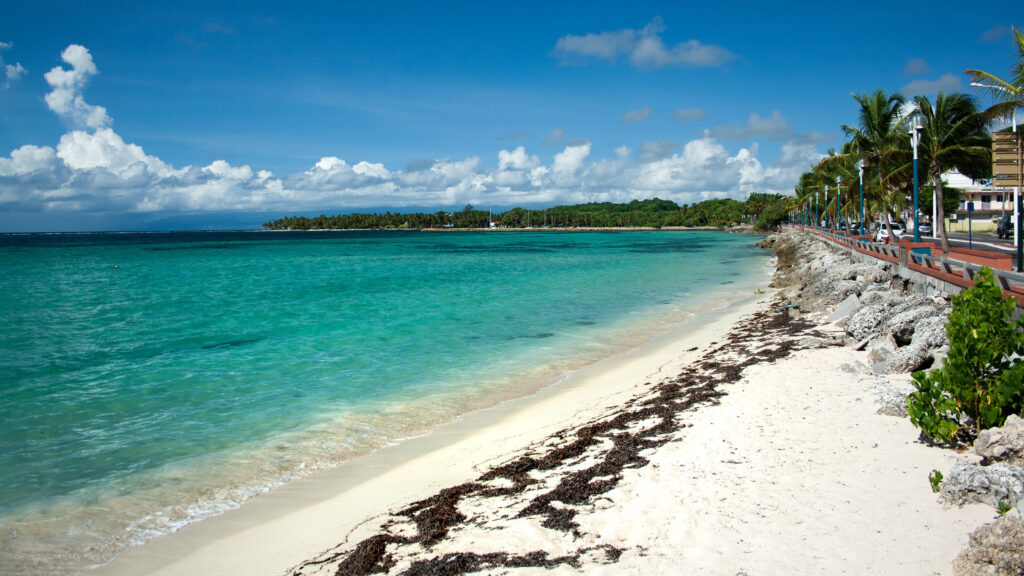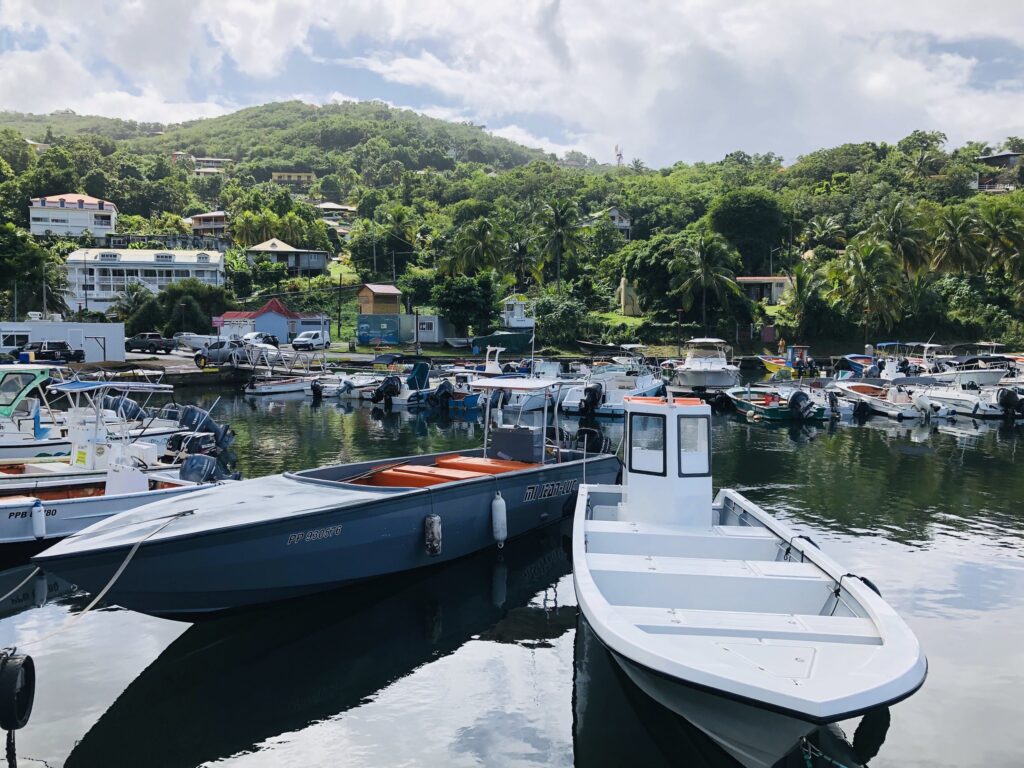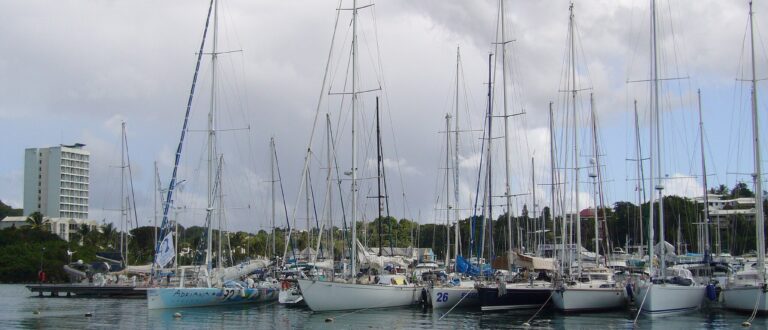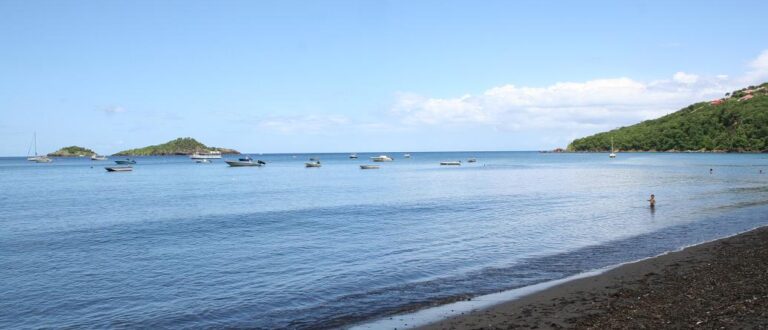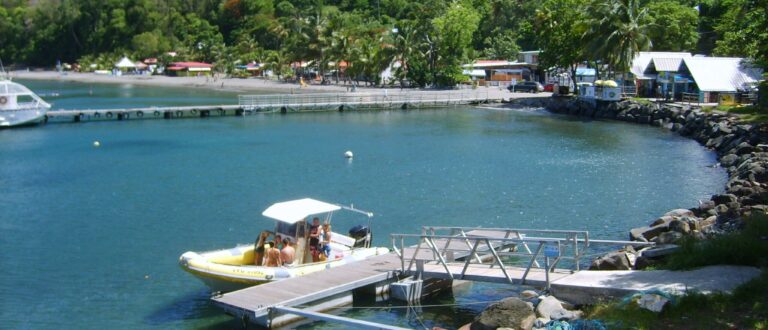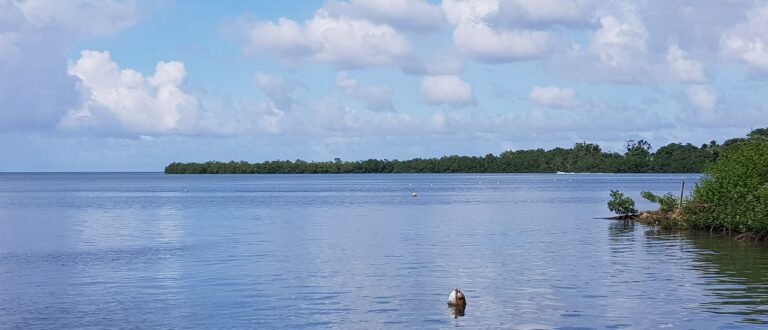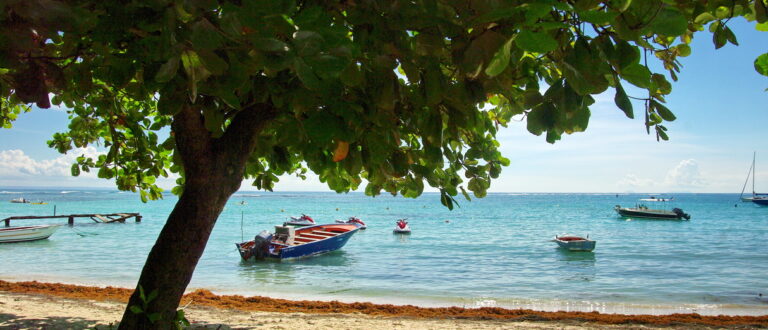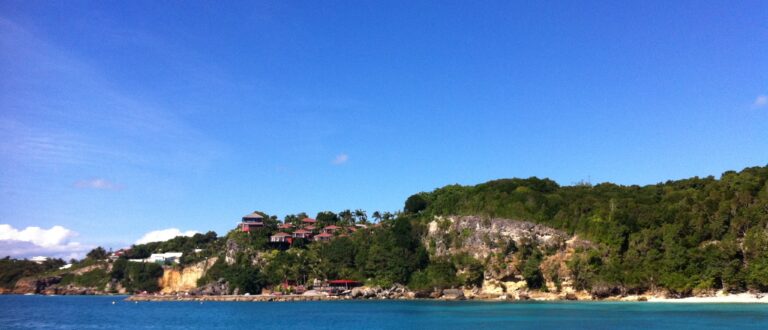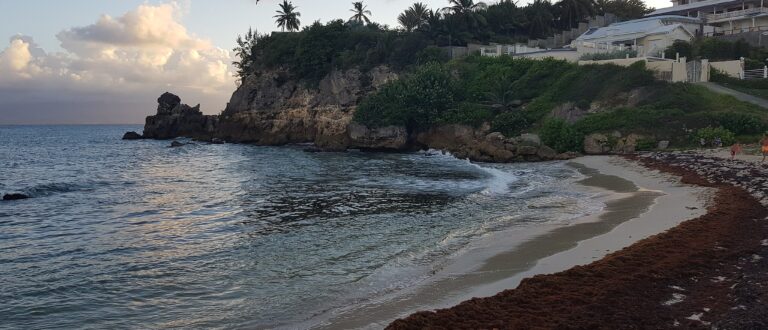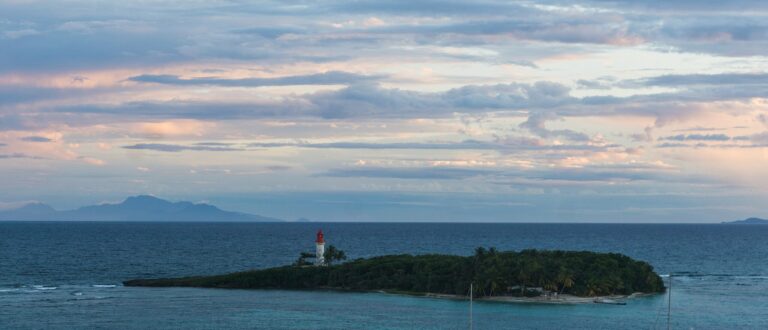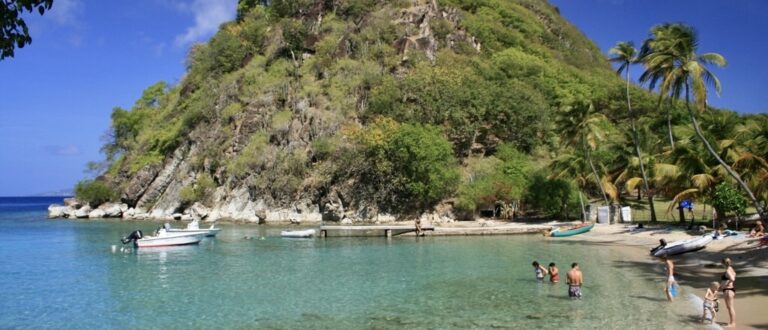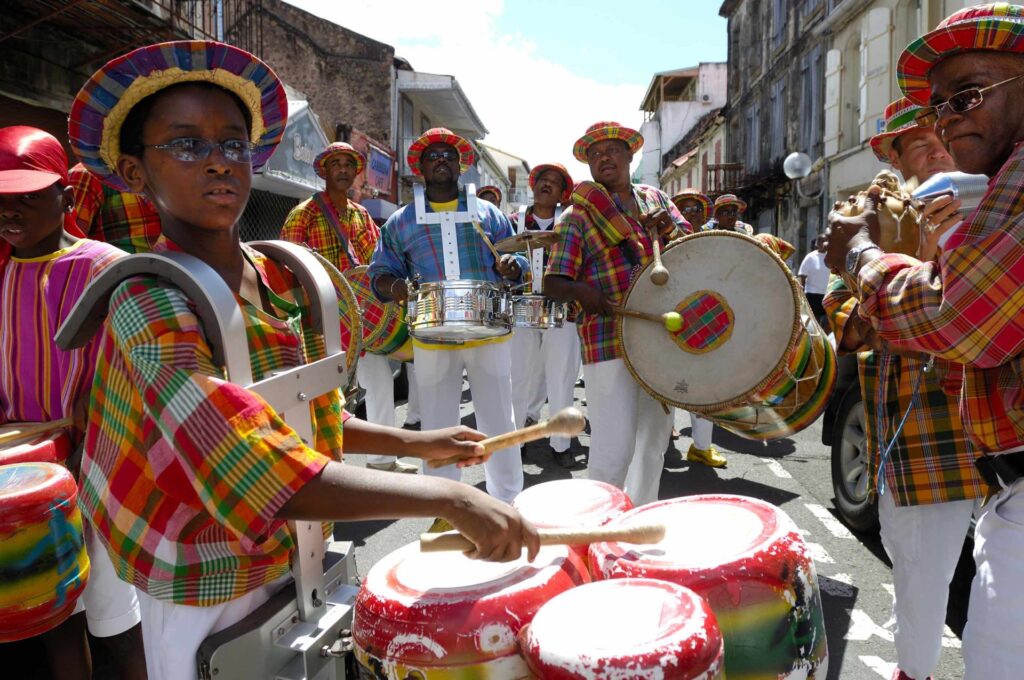Sorry, no records were found. Please adjust your search criteria and try again.
Sorry, unable to load the Maps API.
Sailing to Guadeloupe
MAP OF THE BEST PORTS & ANCHORAGES
This page automatically updates with your favourite harbours in Guadeloupe. Please add a missing port phone number / VHF channel when possible, or share your photos to guide the sailors coming after you.
Your favourite Anchorages in Guadeloupe
(Add an anchorage)Discover the most beautiful spots in Guadeloupe. Try zooming in to avoid seaweed fields, then tick to start your list of favourites.
-
The lagoon offers good shelter and is well-protected by a coral reef, making it a calm and safe spot… Read more about this listing
-
Fresh fish direct from the boats if you come early morning at the beach.
-
Some boats were anchored offshore, there were few waves, and no tourists that day. We really enjoyed… Read more about this listing
The most popular Ports & Marinas
(Add a port)Find reviews & warnings left by other sailors, keeping an eye on the tide and weather forecast. Please add a missing port phone number / VHF channel when possible.
Local boatyards
(Business owner)Do you have a question about sailing in Guadeloupe?
A recent news? An event? Anything specific? Join the discussion on Guadeloupe Sailing Group!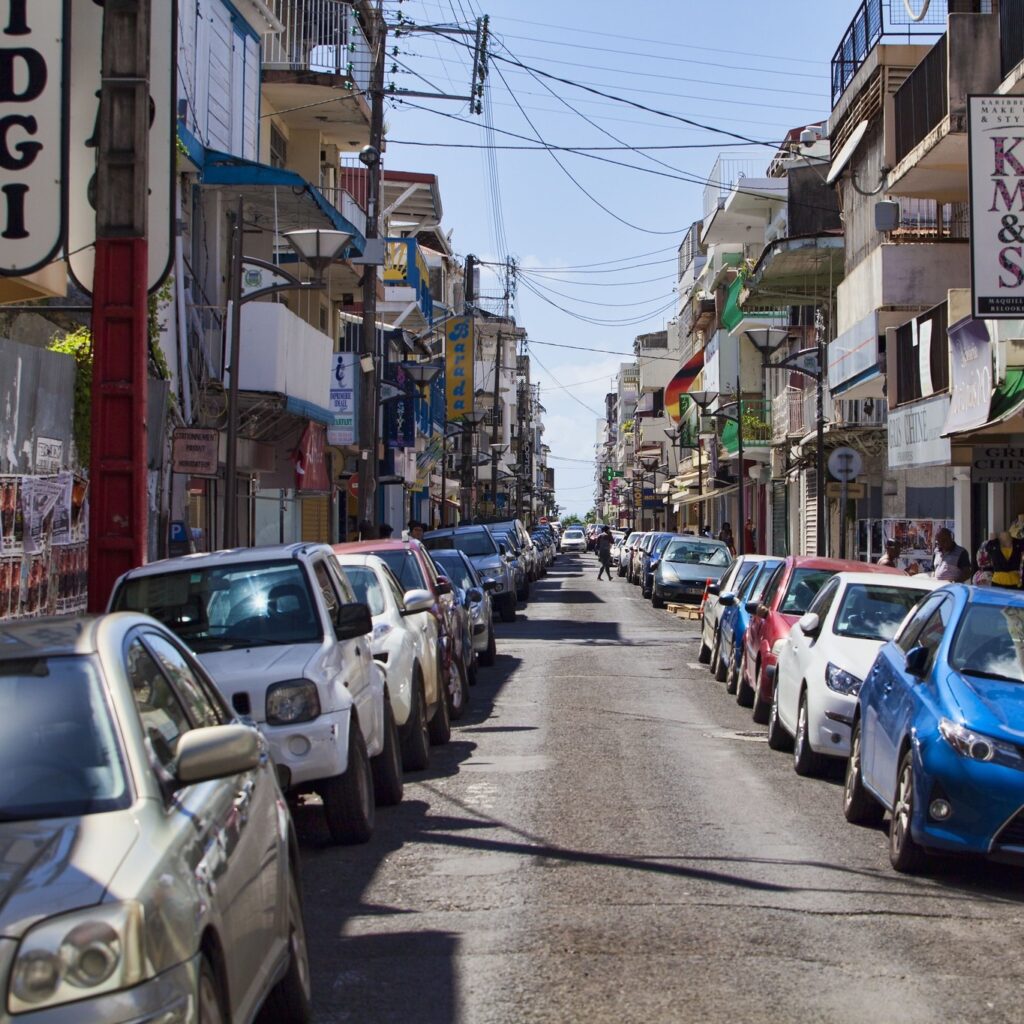
Pointe à Pitre
Founded in the late 18th century, Pointe à Pitre quickly grew into a vital hub for French colonial interests in the Caribbean, thriving on sugar and rum exports.
Visit
A walk through La Darse, the old harbor area, is a step back into the island’s maritime past. The warehouses that line the waterfront have been repurposed into chic boutiques and cafes, yet traces of their industrial past linger in the air.
Things to do
The Memorial ACTe is a museum perched along the waterfront, standing as a poignant tribute to the region’s complex history of slavery. As you wander through the exhibits, stories of resilience, resistance, and eventual freedom come alive, shedding light on the indomitable spirit that defines the Guadeloupean people.
Your favourite ports & anchorages in Pointe à Pitre (Add a spot)
Bouillante
Bouillante’s name, which translates to “boiling” in French, is a nod to the volcanic activity that once characterized the area. Early French colonists, arriving in the 17th century, were drawn to the town’s geothermal features and lush landscapes
Visit
The town’s volcanic origins come alive in the form of natural hot springs, where visitors can soak in mineral-rich waters surrounded by lush tropical greenery. These thermal baths have been a local favourite for generations, known for their therapeutic properties and serene ambiance.
Hiking
The nearby Rivière-Sens, a scenic river that flows through lush rainforests, is perfect for hiking and exploring. Trails lead you through dense forest and cascading waterfalls.
Marine life
Pigeon Island’s, part of the historic “Cousteau Reserve.” Named after the renowned French explorer Jacques Cousteau, is a haven for conservation and research. The reserve has been instrumental in protecting the area’s marine biodiversity. Bouillante’s waters are rich with coral reefs and diverse marine species.
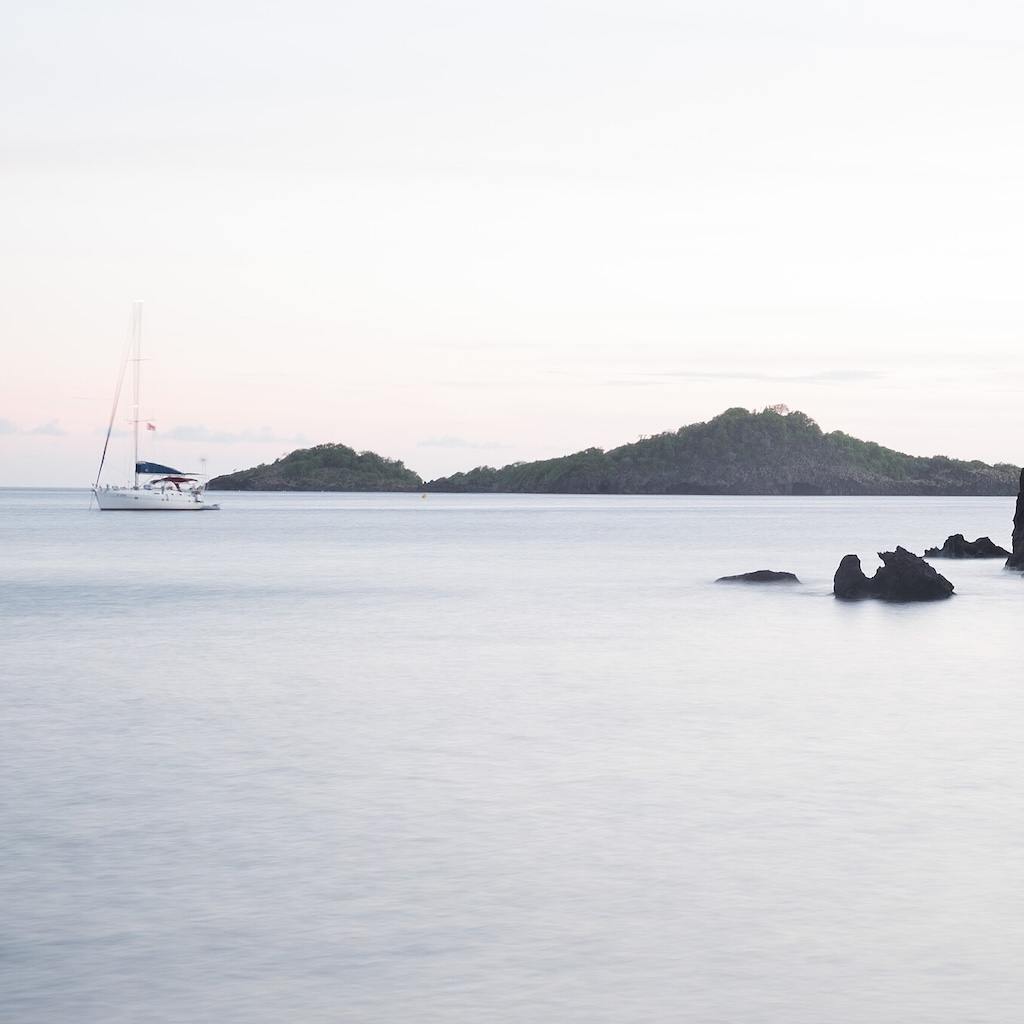
Your favourite ports & anchorages in Bouillante (Add a spot)
-
The anchorage is fairly protected, though it does open to the southwest, which can bring in some swe... Read more about this listing
-
Anchoring here is generally good, especially in the NW corner of the bay where you'll find decent pr... Read more about this listing
-
Nearby, you’ll find basic facilities and services, including local shops and restaurants, which add ... Read more about this listing

Baie-Mahault
This area, once vast swathes of sugarcane fields, has transformed over the years into an economic powerhouse, yet it hasn’t lost touch with its roots. If you venture into the older neighbourhood, you might hear the faint clatter of dominos in the shade, as residents swap stories of the town’s evolution. The residential areas reveals a fascinating mix of architectural styles, where traditional Creole homes, with their vibrant colours and intricate woodwork, stand alongside more modern structures.
Visit
The remnants of the old sugar plantations still pepper the landscape. You might stumble upon an abandoned mill or the crumbling remains of a colonial estate. These sites, silent witnesses of the past, tell tales of a time when Baie-Mahault was at the center of it all.
Your favourite ports & anchorages in Baie-Mahault (Add a spot)
-
The lagoon offers good shelter and is well-protected by a coral reef, making it a calm and safe spot... Read more about this listing
Sainte Anne
With its inviting sands and vibrant coastal atmosphere, Sainte-Anne’s beach is where both locals and visitors converge to enjoy leisurely days under the sun. This is the perfect starting point to explore the town’s rich history, lively markets, and warm community spirit.
Shopping
Madras textiles are an enduring symbol of Guadeloupe’s cultural heritage, this traditional fabric are famous for their colourful plaid designs. Originating from India, madras textiles were brought to the Caribbean by colonial traders and have since become a defining element of Guadeloupe attire. Emily’s boutique showcases skill in incorporating madras into home décor items—brightly patterned cushions, tablecloths, and even stylish tote bags.
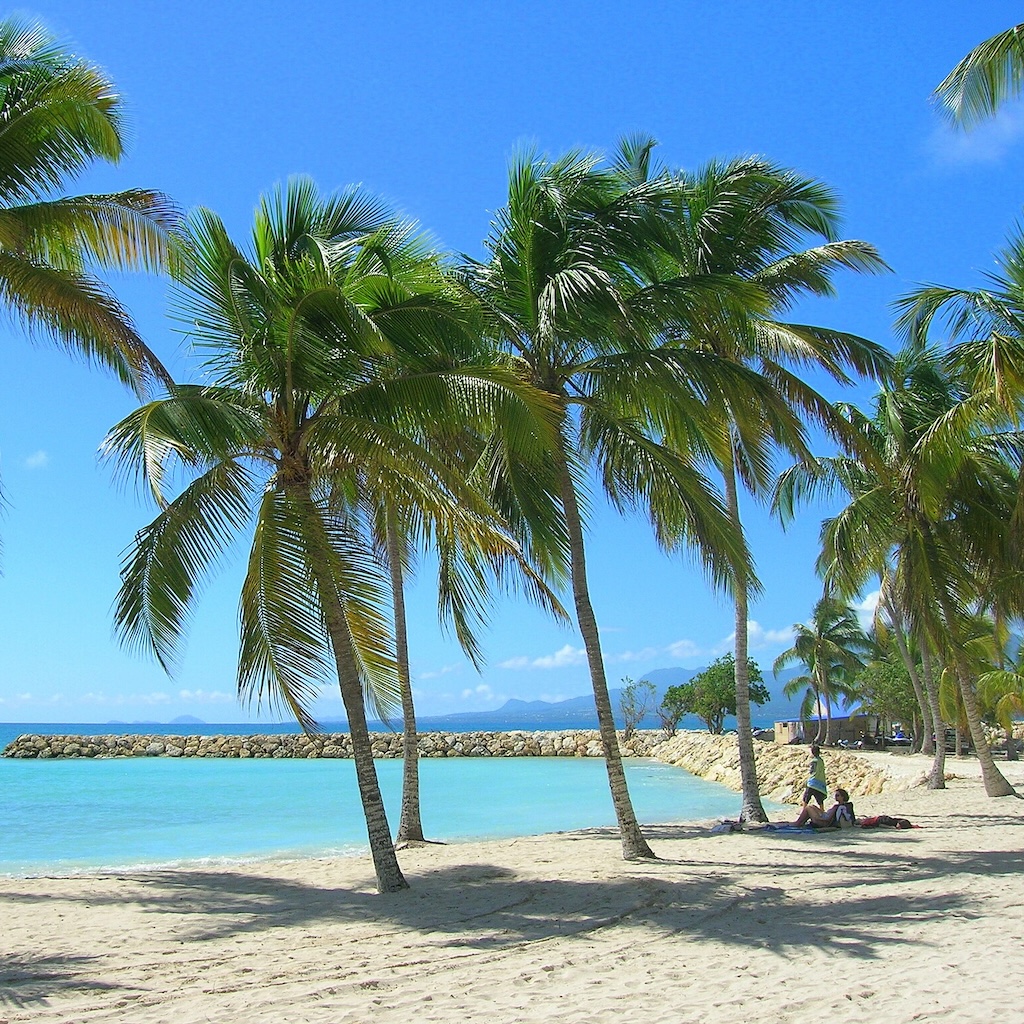
Your favourite ports & anchorages in Sainte Anne (Add a spot)
-
Some boats were anchored offshore, there were few waves, and no tourists that day. We really enjoyed... Read more about this listing
-
This spot offers great holding and is well-sheltered from the easterly trade winds, making it a reli... Read more about this listing
-
The anchorage itself is quite exposed to the rolling seas, so it might not be the best choice for an... Read more about this listing
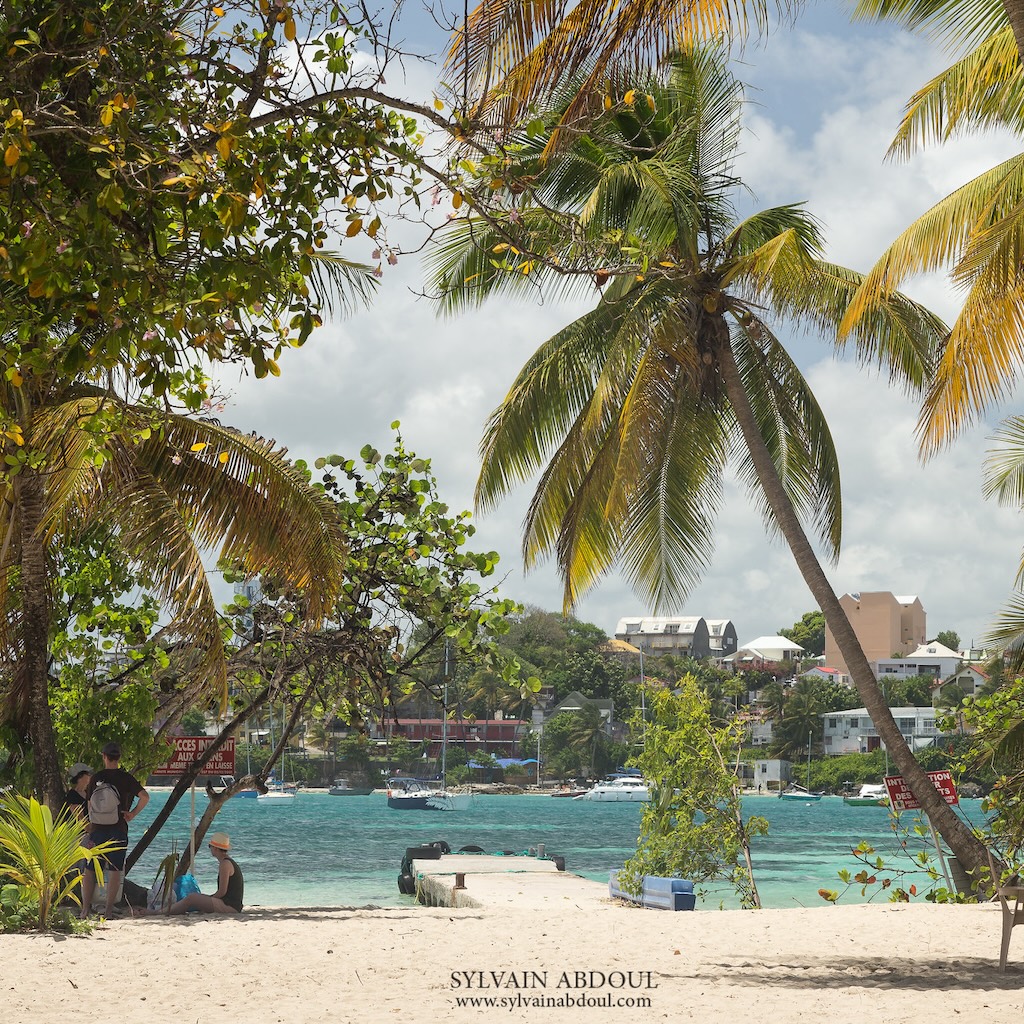
Le Gosier
Le Gosier features a lively waterfront area lined with cafés and boutiques. The town’s beach with its soft white sands and turquoise waters, is perfect for swimming or simply unwinding with a good book. The nearby islet of Gosier, just a short boat ride away, is a tiny paradise to bask in the sun.
Visit
The Fort Fleur d’Épée, constructed in the 18th century, was strategically placed to defend against pirates and invaders. Today, it offers panoramic views of the surrounding area, providing a fascinating glimpse into Le Gosier’s military past.
Your favourite ports & anchorages in Le Gosier (Add a spot)
-
The seabed here is predominantly sandy, providing reliable holding for your anchor. The bay is fairl... Read more about this listing
Les Saintes
Les Saintes, a collection of small islands off the southern coast of Guadeloupe, shaped by centuries of Creole, French, and maritime influence, feels like a gentle echo of Guadeloupe’s own story, told on a smaller, more intimate stage.
Bourg des Saintes
In the vibrant heart of Terre-de-Haut, Bourg des Saintes offers a blend of colorful charm and local character. It’s a tableau of pastel-hued houses and lively streets where every corner holds a new discovery, from local markets and delicious local cuisine to serene beach spots and captivating local art.
Visit
The impressive Fort Napoléon, standing on a hilltop of Terre-de-Haut, is one of the most striking reminders of the region’s tumultuous military history.
Hiking
For a bit of adventure, hike up to the Chameau Peak, the highest point on the island. The trail offers a rewarding challenge with breathtaking views of the surrounding islands and the Caribbean Sea from the summit. It’s a great way to experience the island’s natural beauty and get a sense of its topography.
Terre-de-Bas
One of the highlights of Terre-de-Bas is the village of Petite Anse, the main settlement. It feels like a scene frozen in time, with colourful houses and small fishing boats bobbing in the bay. Unlike the busier Terre-de-Haut, Petite Anse feels like an intimate secret.
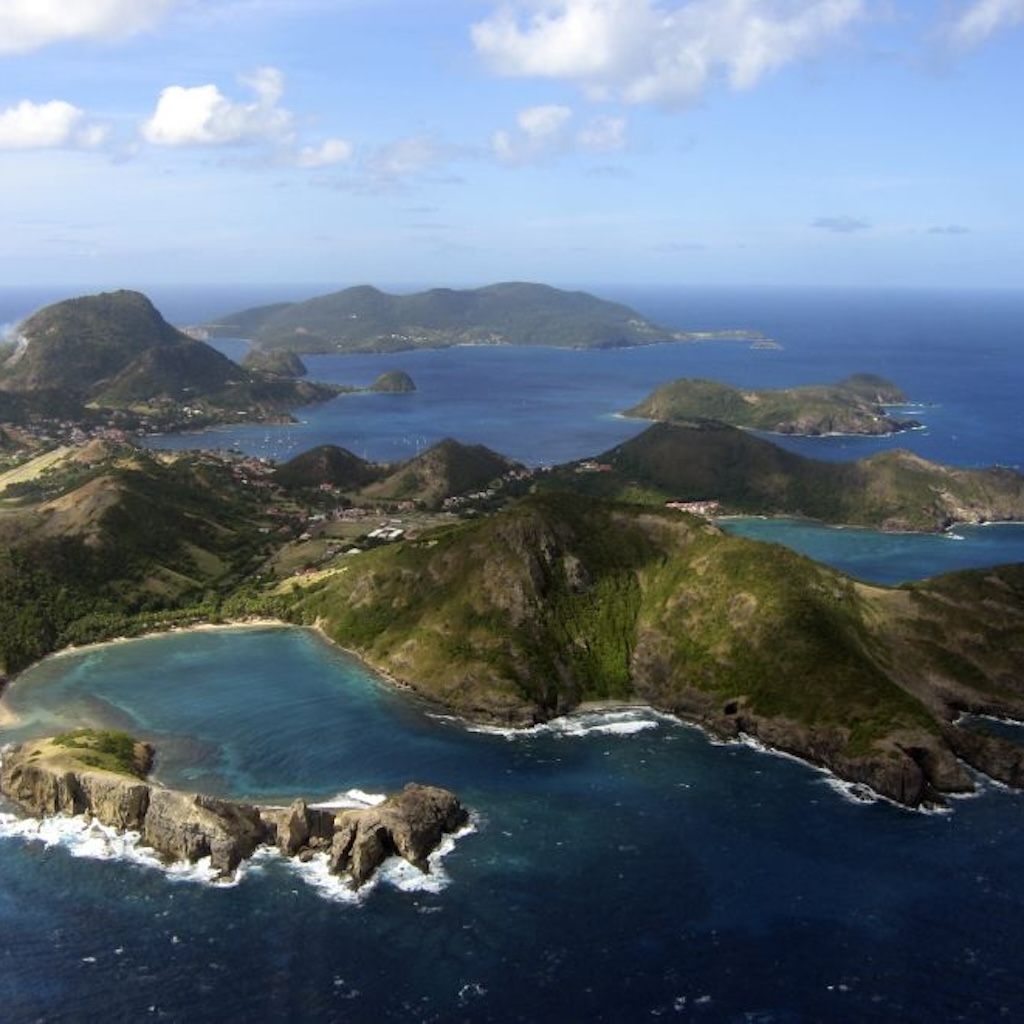
Your favourite ports & anchorages in Les Saintes (Add a spot)
-
Fresh fish direct from the boats if you come early morning at the beach.
-
With 31 buoys available for vessels up to 20 meters, it’s a popular spot, especially if you’re looki... Read more about this listing
-
While Petite Anse is well-protected from north-east to south-east winds, it can get a bit choppy due... Read more about this listing
Upcoming Events in Guadeloupe
History
Long before European explorers, the island was home to indigenous peoples with their own rich cultures and traditions. The earliest known inhabitants, the Arawaks, arrived around 300 AD. They were peaceful agriculturalists who fished and cultivated crops like cassava, maize, and sweet potatoes. Their pottery and artifacts, some of which have been uncovered in archaeological digs, give us a glimpse into their daily life and the serene existence they carved out on the island.
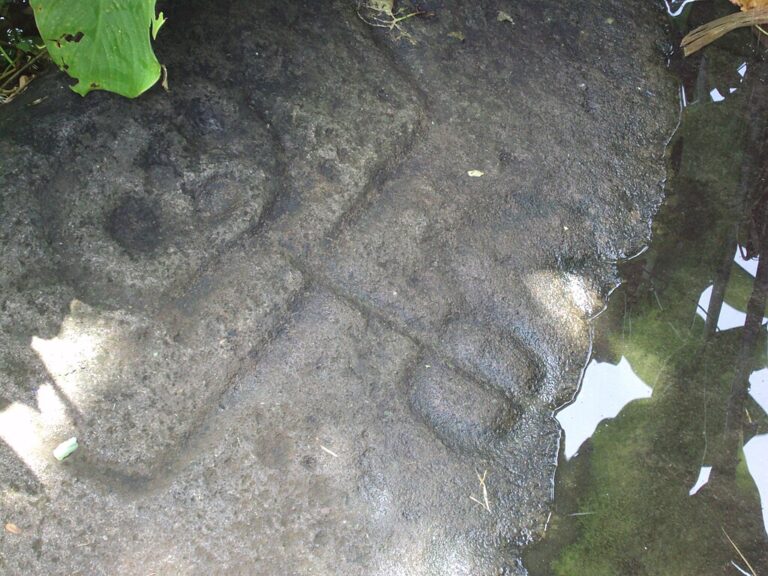
But the Arawaks wouldn’t remain alone on the island for long. Around the 9th century, the Kalinago (often referred to as Caribs by European colonisers) migrated from South America. Known for their warrior culture, the Kalinago quickly established dominance in the Lesser Antilles, including Guadeloupe. They were fierce defenders of their territories and often engaged in raids against neighbouring islands. The Kalinago were skilled navigators and seafarers, traveling in large dugout canoes across the Caribbean Sea. They named the island “Karukera,” or “Island of Beautiful Waters”.
For centuries, the Kalinago thrived, living in coastal villages and relying on fishing, hunting, and farming to sustain their communities. They developed a robust trade network with other islands, exchanging goods like tobacco, cotton, and ceramics. Despite their warlike reputation, their society was organised and deeply spiritual. Rituals, dances, and festivals marked important events in their lives, and their respect for nature was woven into their way of life.
Christopher Columbus landed in 1493 during his second voyage to the New World, he renamed the island “Guadalupe” after the Royal Monastery of Santa María de Guadalupe in Spain.
For nearly a century after Columbus’s visit, Guadeloupe remained under Kalinago control, as they managed to fend off any European settlement attempts. The Kalinago were adept at guerrilla warfare, utilising the island’s dense forests and rugged terrain to their advantage. The islands were remote enough that serious attempts to colonise them weren’t sustained until the French colonisation kicked off in 1635. The Kalinago fought valiantly, trying to hold onto their land, but diseases brought by Europeans, combined with relentless battles, devastated their numbers. Over time, the French solidified their control, and Guadeloupe became an integral part of France’s growing colonial empire.
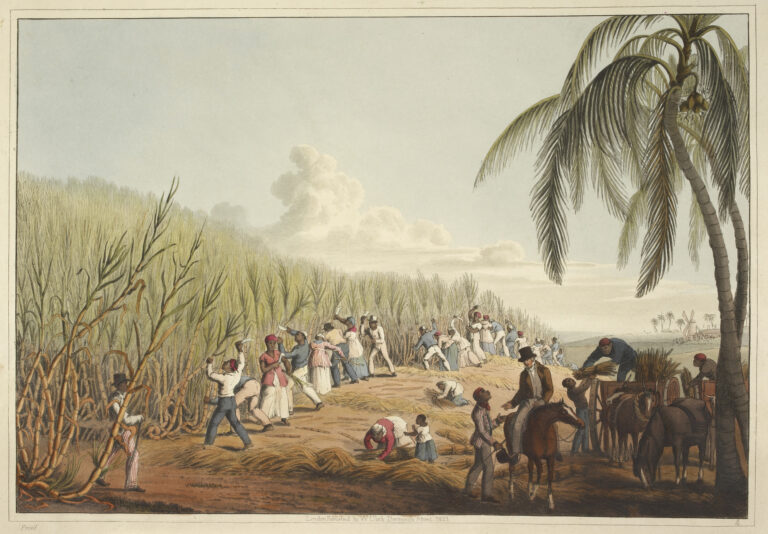
The plantation economy took root in the 17th century, driven largely by sugarcane, which quickly turned into the island’s cash crop. But the sweetness of sugar came with a dark reality—slavery. Thousands of Africans were forcibly brought to Guadeloupe. Yet, their resilience became the culture, a thread of survival that has shaped the island into what it is today.
On May 22, 1848, slavery was finally abolished by order of the French government, putting an end to a dark period in history. The legacy of slavery is still deeply felt today, woven into the island’s Creole culture, language, and identity.
Formalities
Boat Clearance
Clearance formalities for entry and exit from the islands of the French Antilles is now mandatory for all pleasure boat, for personal or professional use, arriving or departing by sea. The procedure is free and can be done online at: https://www.demarches-simplifiees.fr/commencer/declaration-clearance-antilles, or in person at one of the approved points listed here: https://www.dm.martinique.developpement-durable.gouv.fr/IMG/pdf/clearance-guide_240805_094438.pdf.
This electronic procedure is very convenient, but most other countries will request a printed and stamped EXIT clearance document. So you will need to print your EXIT clearance in order to get it stamped in one of the approved points listed in the above document (Page 4 for Guadeloupe), it can be a local shop or marina. This approved points of clearance also provide public computer where you can fill and print your document for 3 to 5€.
Visa & Immigration
Official website for visas to France: https://france-visas.gouv.fr/en/web/france-visas/home
Other ressources
Noonsite.com maintains an updated worldwide database of formalities for pleasure crafts. For more details visit: https://www.noonsite.com/cruising-resources/documents-required-other-considerations-when-cruising-abroad/
Navigation
Composed of several islands, Guadeloupe is an enchanting archipelago divided into two main islands, Grande-Terre, Basse-Terre, and several smaller islands. Venture inland and you’ll find dramatic landscapes such as La Soufrière volcano, an area also known for its natural hot springs. Or hike through the verdant rainforests and cascading waterfalls, with the call of tropical birds echoing through the trees. The Cousteau Reserve, named after the famed ocean explorer Jacques Cousteau, preserves its natural wonders, and diving near Pigeon Island is a unique experience.
Sailing Season
Hurricane season (June to October)
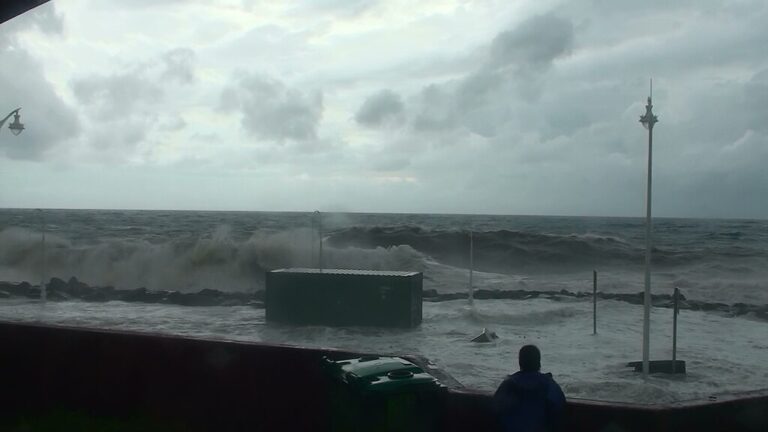
This period is characterised by higher humidity and frequent rain showers, especially in the northern parts of the island.
Storm Risks: The hurricane season can give rise to tropical storms and even hurricanes, leading to intense wind gusts. These storm systems can form rapidly and require careful monitoring for those on the water. Unlike the steady trade winds experienced during other months, the winds during the hurricane season can change quickly in both speed and direction.
Dry Season (December to April)
Known as the “Carême,” this period sees less rain and more temperate conditions. This is the high season in all of the Caribbean Sea.
FAQ
In Guadeloupe, tap water generally adheres to French and European Union standards, making it safe for consumption in most areas of the islands.
Both the main islands and smaller ones have water treatment facilities to ensure the water's potability. However, it's not uncommon for locals and visitors to prefer bottled water, especially in more remote locations, as the taste of tap water can vary.
The standard voltage is 220 V, and the standard frequency is 50 Hz, with a typical electrical outlet having a current rating of 16 A.
Infrastructure, especially in well-frequented marinas and ports, is usually well-maintained, providing good access to charging facilities.
In Guadeloupe, sailors can find good-quality fuel that complies with international standards.
Fueling stations are available in major marinas and ports across the islands, such as Pointe-à-Pitre and Basse-Terre.
Where do charter holidays start in Martinique?
Several well-established boat rental and charter companies operate from Pointe-à-Pitre Marina Bas-du-Fort, offering a variety of vessels ranging from small sailboats to luxurious catamarans. Some of the notable operators include:
Dream Yacht Charter
The Moorings
Punch Croisières
Nautitech Catamarans
Alizés Charter
Star Voyage Antilles
Clearance formalities for entry and exit from the islands of the French Antilles is now mandatory for all pleasure boat, for personal or professional use, arriving or departing by sea. The procedure is free and can be done online at: https://www.demarches-simplifiees.fr/commencer/declaration-clearance-antilles, or in person at one of the approved points listed here: https://www.dm.martinique.developpement-durable.gouv.fr/IMG/pdf/clearance-guide_240805_094438.pdf.
Hurricane season in the Caribbean extends from June to December. This period is characterised by higher humidity and frequent rain showers, especially in the northern parts of the island.
Storm risks: Hurricane season can bring tropical storms and hurricanes, causing intense wind gusts. These storm systems can form rapidly and require careful monitoring for those on the water. Unlike the steady trade winds experienced during other months, winds during hurricane season can shift quickly in both speed and direction.
